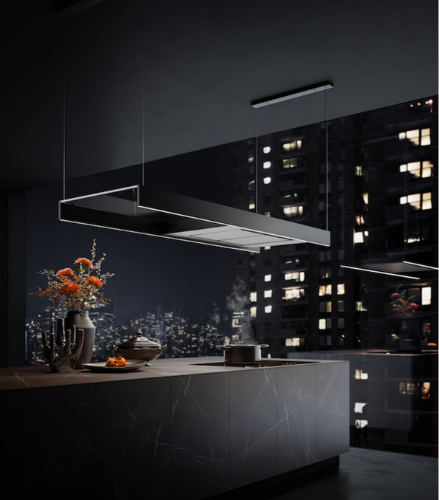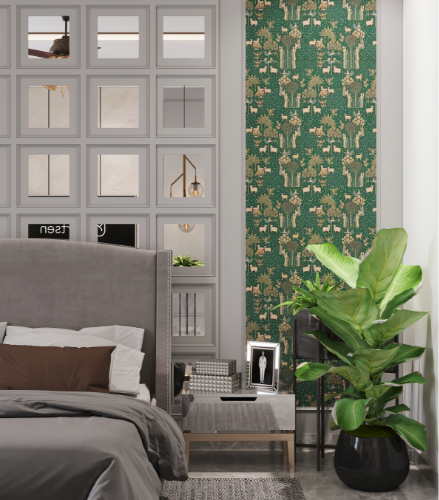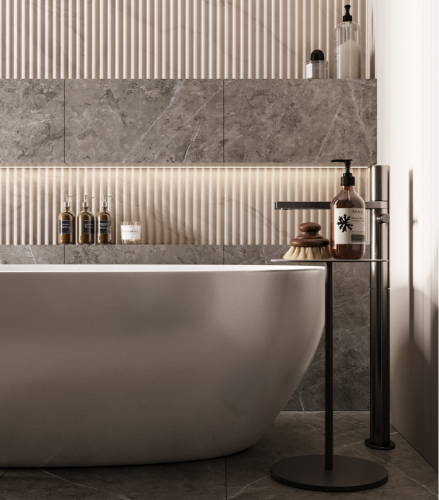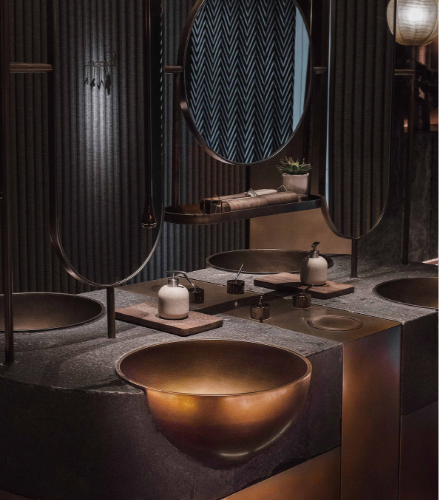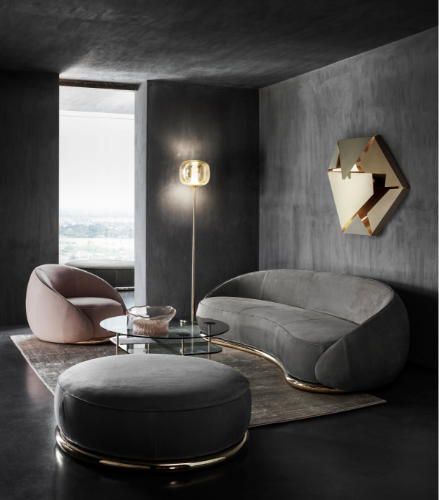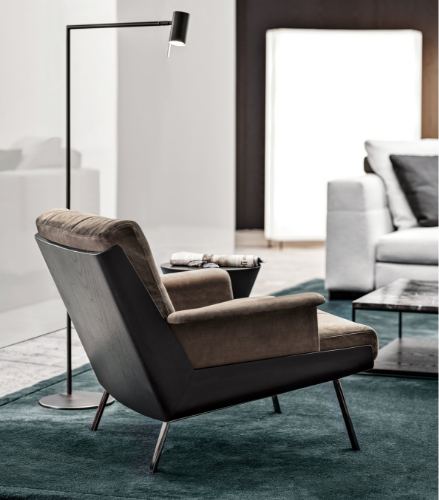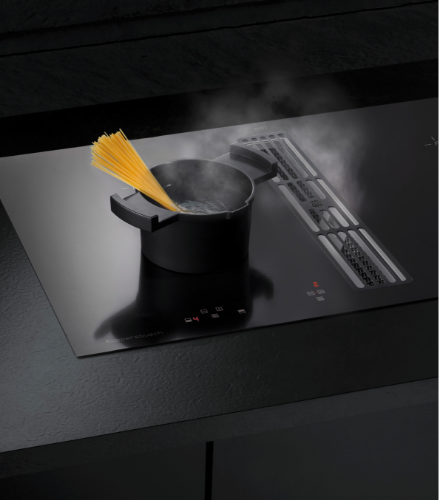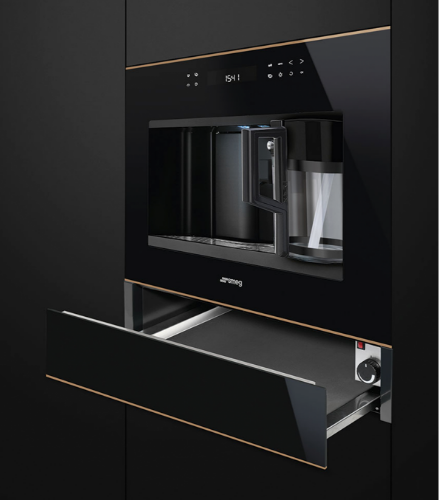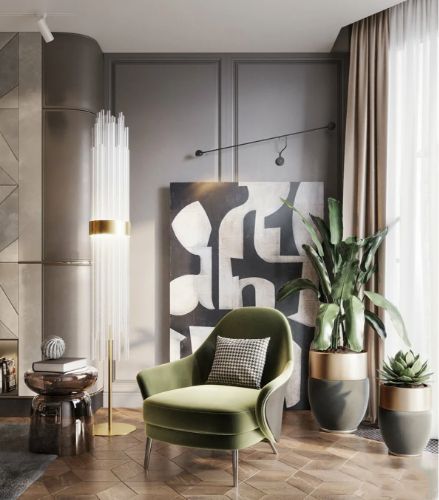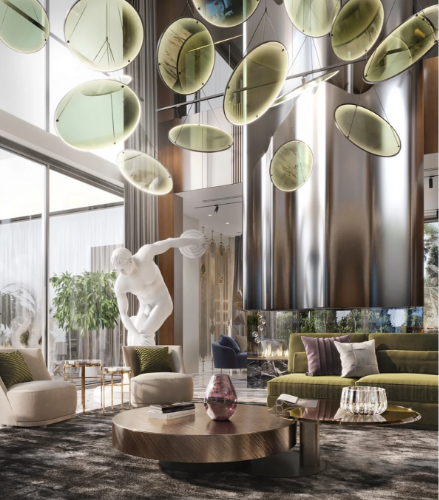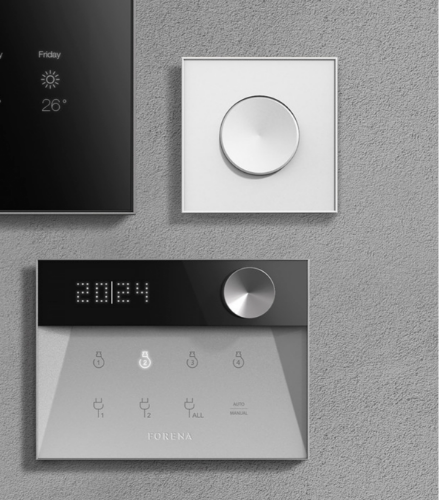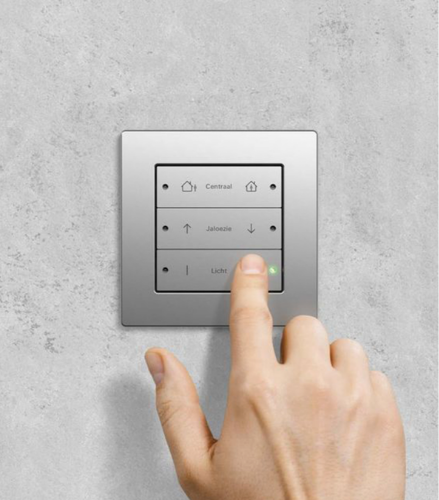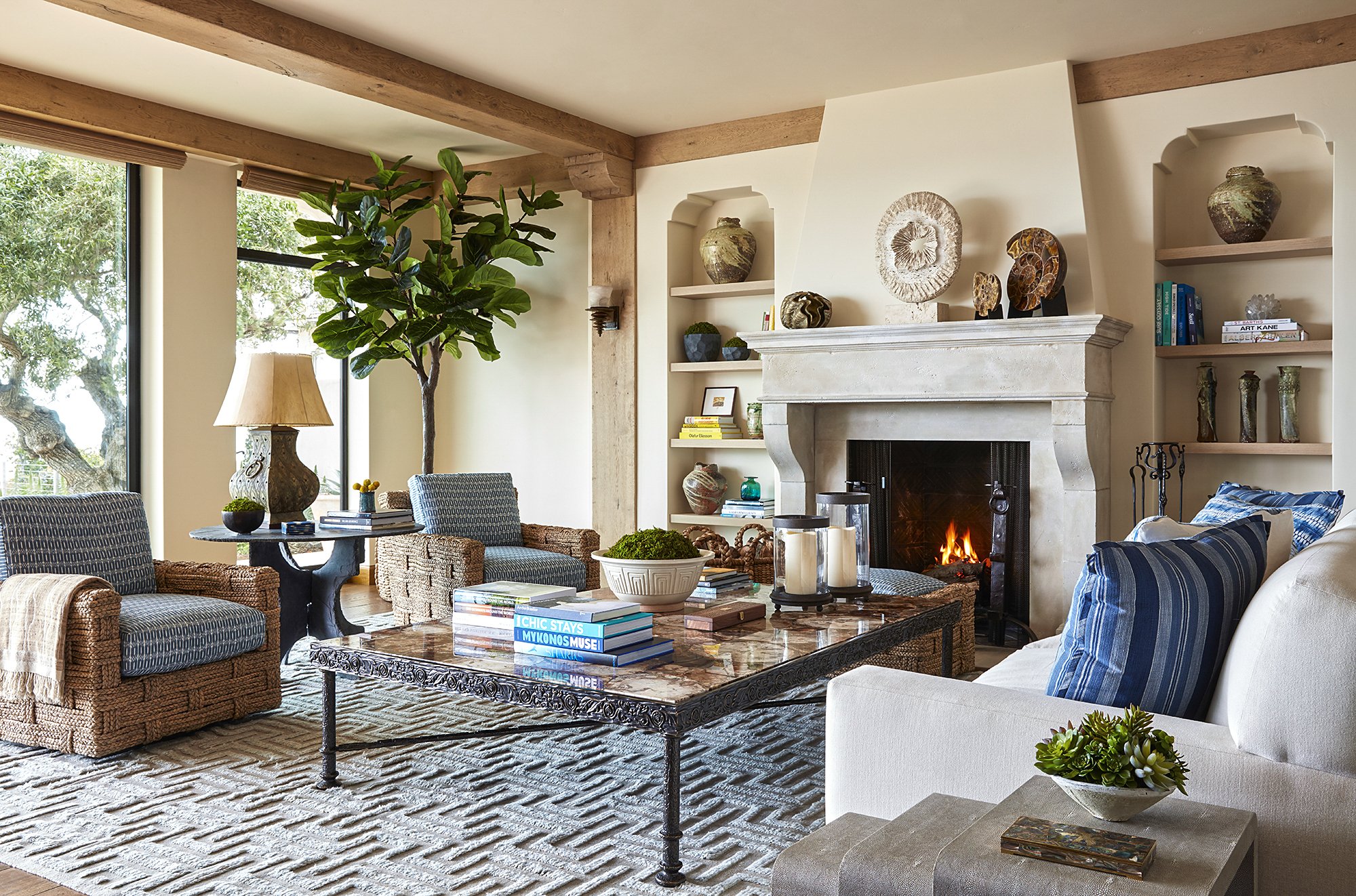There is something about vintage decor that beautifully showcases the heritage of a culture, family or even of an individual, depending upon the route taken for the design. And when seamlessly brewed with modern design elements, it fosters a truly eclectic aesthetic.
The resulting blend of the two styles can make a space look evolved and can stimulate a sense of nostalgia if personal life is imbued along with the design. While vintage design elements are mostly described as things (decor elements or otherwise) that belong to a different era and hold importance and recognisable value. On the other hand, modern design elements are everything you can find in homes today (a monochromatic colour palette, clean lines, minimalism, natural materials and much more).
It’s the rise in popularity of the intermingling of the two designs in the Western world that has influenced the rise of the same in other parts of the globe as well. And in a way it gave rise to this blog as well, which will take you through how you should go about mashing together modern and vintage design elements.
Defining Modern and Vintage Design Elements
Though we touched on the two slightly before, let’s take a deeper look into the pair, especially their characteristics, which make up the core of these design elements.
Characteristics of Modern Design
1. Clean Lines and Geometric Shapes
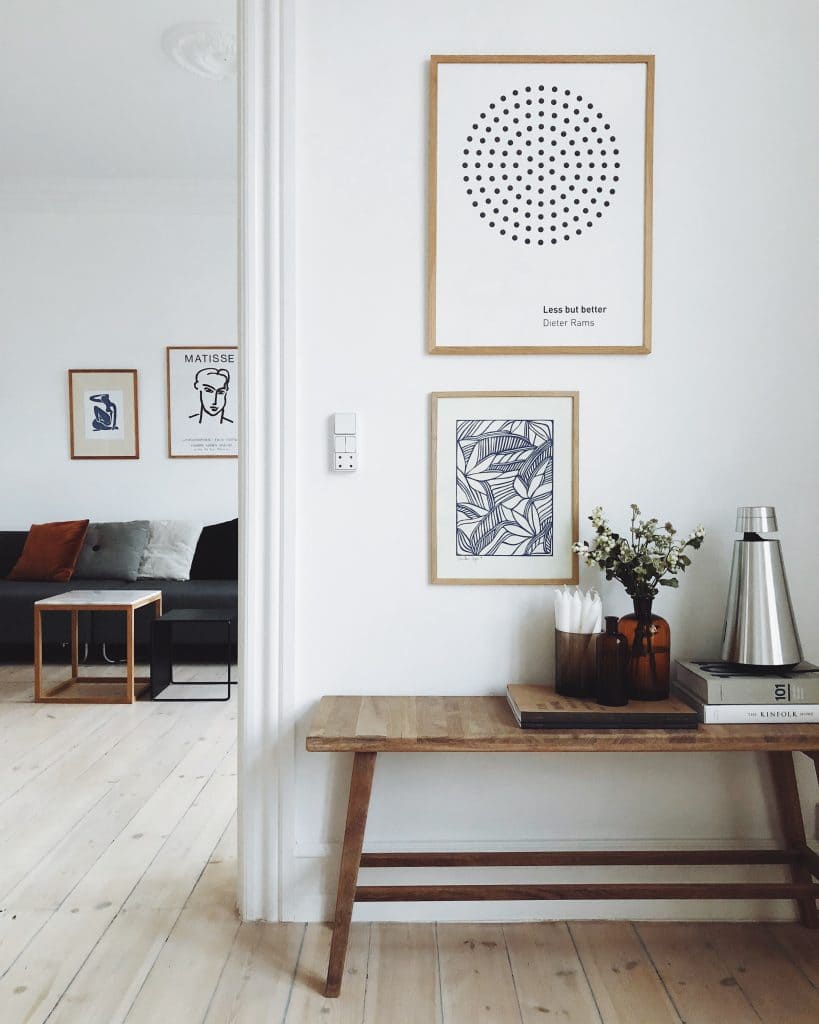
Modern design has established a trend around itself, where it has become a go-to for elegance and style without overwhelming the aesthetics. Dominating characteristics of modern design are simple clean lines and geometric shapes, emphasising a lack of ornamentation. These elements are especially prevalent in furniture, architecture, and decor of the home embellished with the design.
2. Neutral Colour Palette
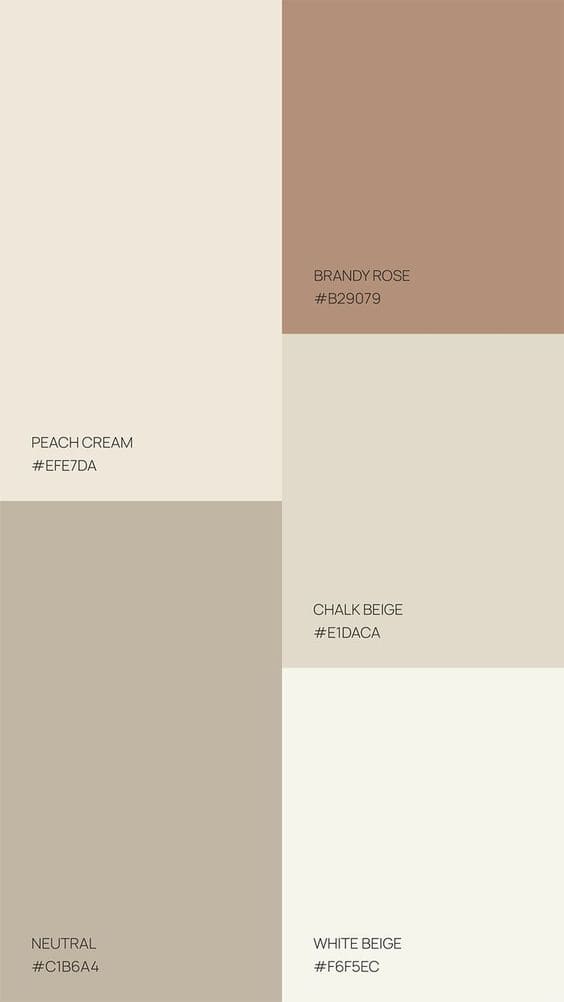
In one way or another, the minimalistic theme makes its way into modern design as they share many similar characteristics. One such characteristic is the neutral colour palette, encompassing colours like white, grey and black. But, from time to time, bright colours are used to add interest to a space.
Also Read: Incorporating Artwork into Your Home Décor: The Dos and Don’ts
3. Use of Industrial Material
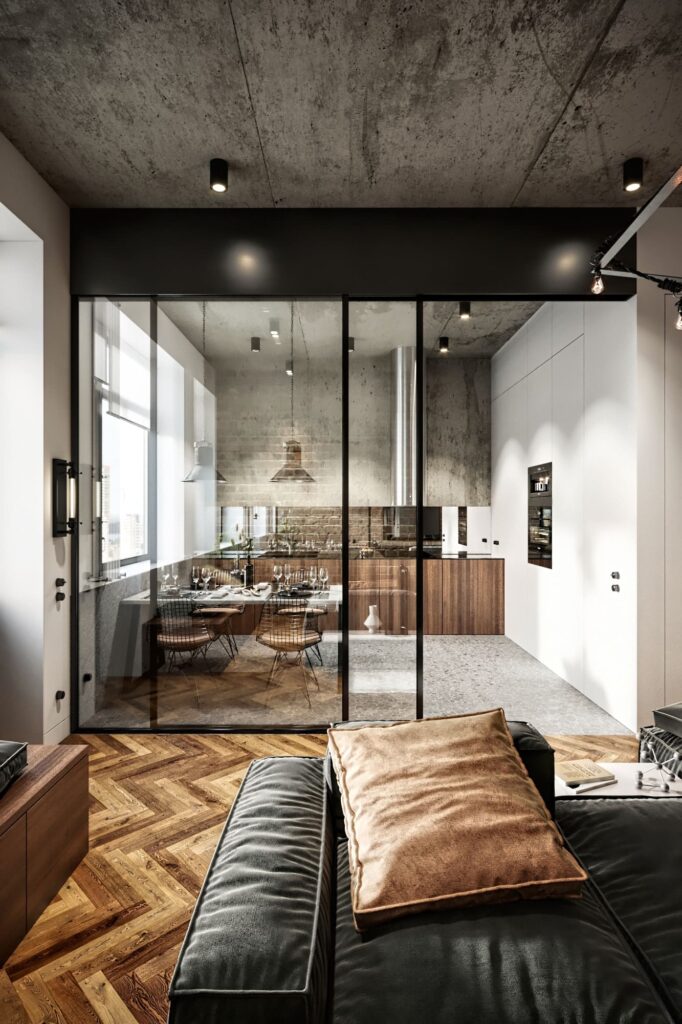
One of the reasons modern design has grown so much in popularity is that the design derives inspiration from a wide design styles and incorporates them together to bring the best out of each. Also, materials such as metal, glass and concrete are great at adding a sense of sleekness and durability to a space.
4. Technology and Innovation
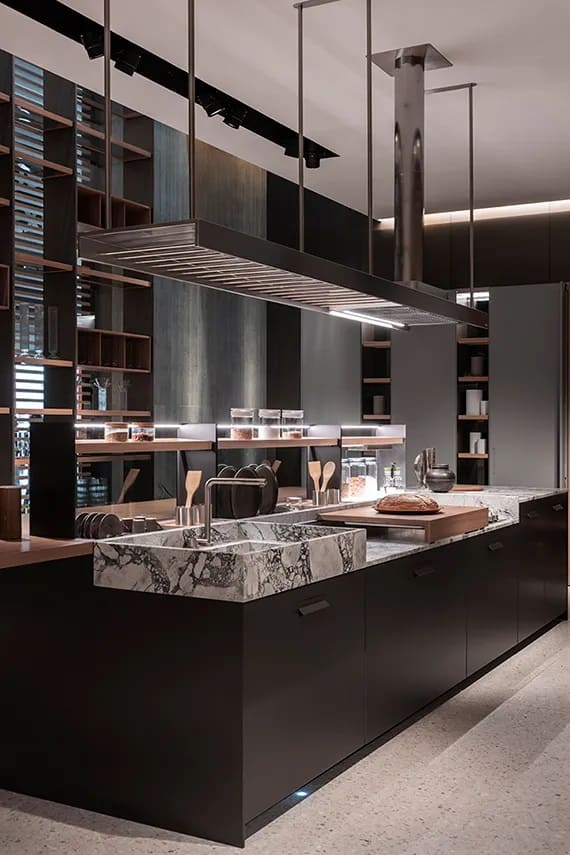
Modern design fails to stay modern without its ability to facilitate modern technology and innovation in a home. While technology can turn your home automated, new and innovative designs cannot only enhance your home interiors but also the architecture of a space.
Characteristics of Vintage Design
1. Rich Colours & Textures
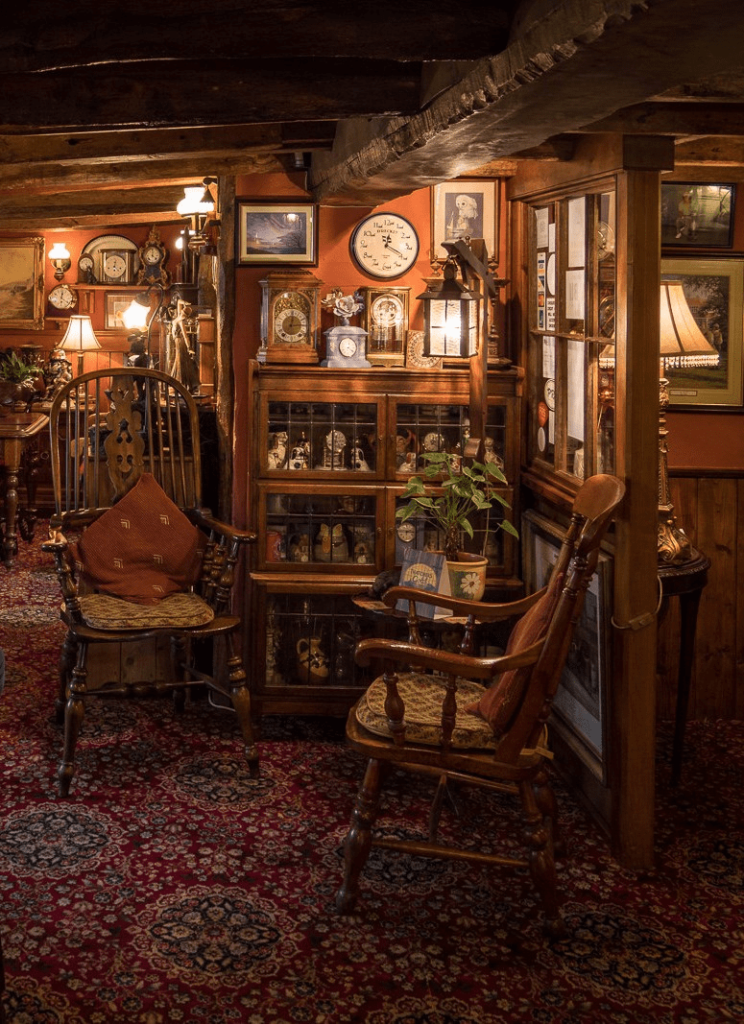
Unlike modern style, vintage design elements are much more sophisticated and can add depth that resonates with a lot of people. Homes with a vintage design are often drenched in colours such as burgundy, forest green, and deep blues while incorporated with textures such as velvet, silk, and lace.
Also Read: What makes French Country Interior Design so Special?
2. Ornate Details & Patterns
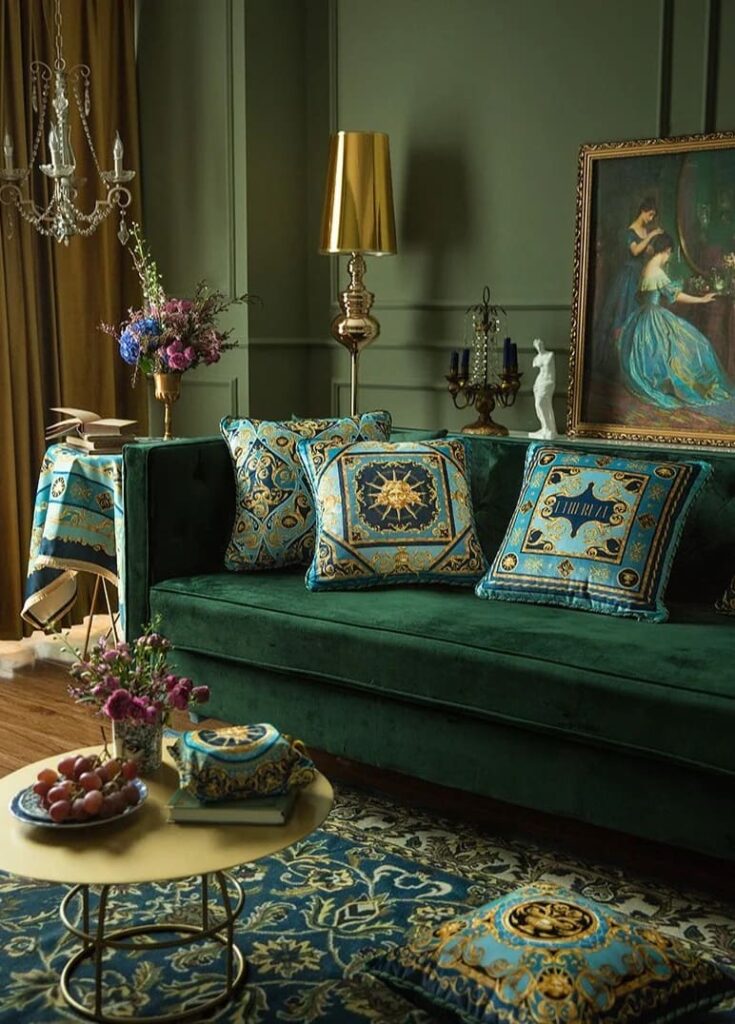
Significant praise for the vintage design comes from its ornate details and patterns, which include intricate floral motifs, scrollwork and filigree. These are often used in architecture, textiles, furniture and even on other small decor elements.
3. Use of Natural Materials Like Wood and Fabric
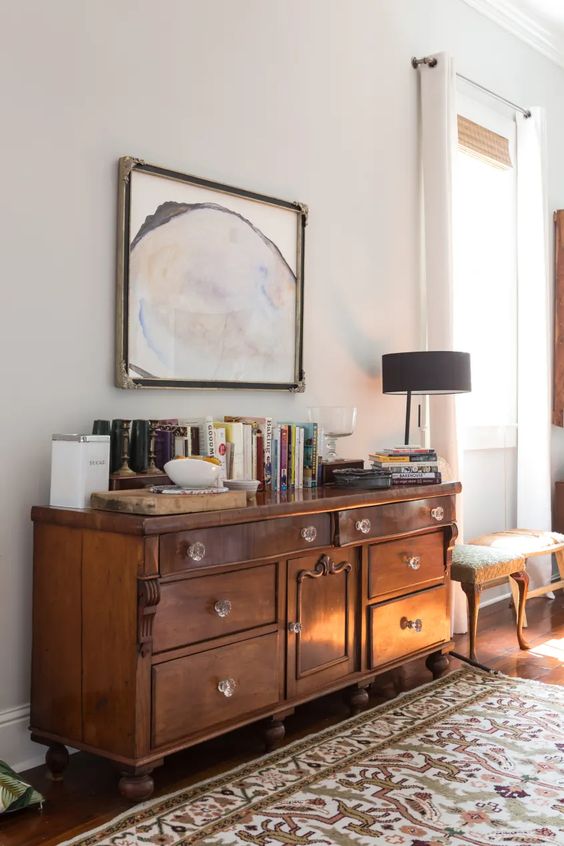
Natural Materials are often prevalent in vintage design as the use of plastic and other man-made design elements grew in popularity with the emergence of newer design styles. In recent times when the design style is trending, it retained all its characteristics used in the past. These materials often include wood, stone and leather; these materials are stellar at adding warmth and character to a space.
4. Eclectic Accessorising
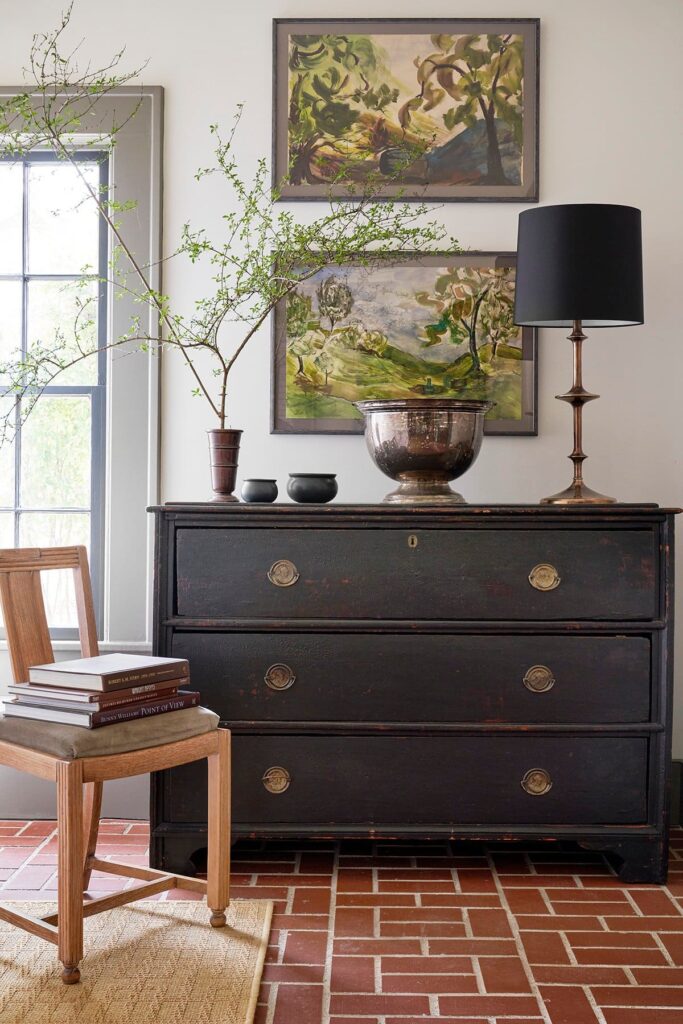
Vintage design elements are dominated by a mix of eclectic, one-of-a-kind pieces, such as antique lamps, vases and figurines as can be observed in homes from the era. The scale of their beauty is so vast that many popular artwork and decor elements have made their way to museums across the globe as beloved artwork.
Also Read: Best Accent Wall Design Ideas to Dress up a Naked Wall
Tips for Mixing Modern and Vintage Design Elements
So, you have your heart set on a Modern-Vintage mix design style because of its ability to deliver a unique look, which is otherwise nearly impossible with others. So, here are some tips for mixing modern design elements in your home.
1. Start With a Neutral Base
The safest way of mixing vintage and modern design is by creating a neutral base for your space since neutral colours are versatile and can fit in with most things. But in this case, neutral colours will help vintage pieces to stand out and add character without overwhelming the space.
2. Choose a Focal Point for the Room
To emphasise the vintage elements further, you can select one or two vintage pieces to serve as the focal point of your room, and build the rest of the design around them. This could be an armchair, a retro lamp or even a unique artwork, the design possibilities are limitless. The modern backdrop to a rather eccentric vintage decor element will create the aesthetics you have been dreaming of.
3. Add Vintage Elements Gradually
Vintage decor elements have the ability to add intrigue to a room like nothing else, so understandably going overboard is much easier. We recommend taking things slow, as too many vintage pieces can make a space look cluttered and overwhelming.
4. Use Modern Accents to Balance the Vintage Pieces
Now since vintage pieces are added at the appropriate places, balancing them with modern accents will act as the glue between the two design stories. Use accent walls and popping colours moderately throughout the home to introduce modern charm to the extravagance of vintage décor elements.
5. Experiment With Textures and Patterns
Creating the right balance between the two styles is in no way easy, the best route you can take is to experiment with a variety of textures and patterns. You can also layer various textures to create depth and interest. For instance, pair a modern sofa and a velvet throw pillow.
Also Read: Transforming Your Home with Textiles: Curtains, Cushions, and More
Hopefully, these tips will help you find the right balance between modern and vintage design elements. And in case the designs don’t match up, don’t shy away from experimenting with different design elements.

